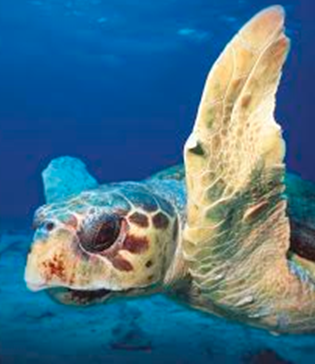Speaker
Dr
Urška Koce
(DOPPS - BirdLife Slovenia)
Description
Seven species of marine birds have been protected in Slovenia within Natura 2000 network. In the beginning (2004) mostly coastal terrestrial habitats of breeding colonies and roosting areas of seabirds were included and only a small part of coastal sea representing seabirds’ foraging habitat. Representativeness of marine environment in Natura 2000 network has been significantly improved in 2013 when another two coastal sites were added.
Despite this recent expansion, open sea foraging habitats have been neglected until recently, due to lack of data from unexamined off-shore areas. Project SIMARINE-NATURA (LIFE10NAT/SI/141) was initiated in 2011 to complement the missing piece.
Among several seabird species occurring at the Slovenian sea, the Mediterranean Shag (Phalacrocorax aristotelis desmarestii) was chosen as a priority species for the identification of new Important Bird Areas (IBAs) which represent an internationally agreed base for the designation of Natura 2000 sites. The (sub)species qualified as priority because it is included in the Annex I of the Birds Directive, the Bern and the Barcelona Conventions, and it is regularly occurring in significant numbers at the Slovenian sea. Moreover, it can be used as an umbrella species for the protection of wider marine environment in Slovenia, because it is a top predator in widely distributed muddy and sandy bottom habitats which hold abundant populations of its most important prey, the black gobie (Gobius niger).
Standardised methods and modern techniques (ESAS monitoring and GPS telemetry) were used for data collection on the distribution and movements of the Mediterranean Shags. Identification of foraging areas was carried out through comprehensive spatial analytical approach. One off-shore site was identified as a new IBA and a belt of shallow coastal waters was recognized as an important extension of an existing site. Besides the spatial analysis, diet analysis was made, altogether giving an important insight into foraging ecology of the Mediterranean Shags in the Slovenian sea which was previously poorly understood.
Potential threats were described and management guidelines proposed but evaluation of these threats and preparation of an effective conservation plan remains a challenge for the near future.
Author
Dr
Urška Koce
(DOPPS - BirdLife Slovenia)
Co-authors
Dr
Borut Mavrič
(NIB MBP)
Dr
Lovrenc Lipej
(NIB MBP)

